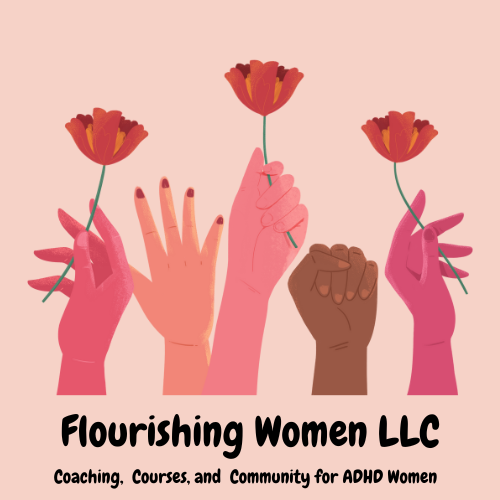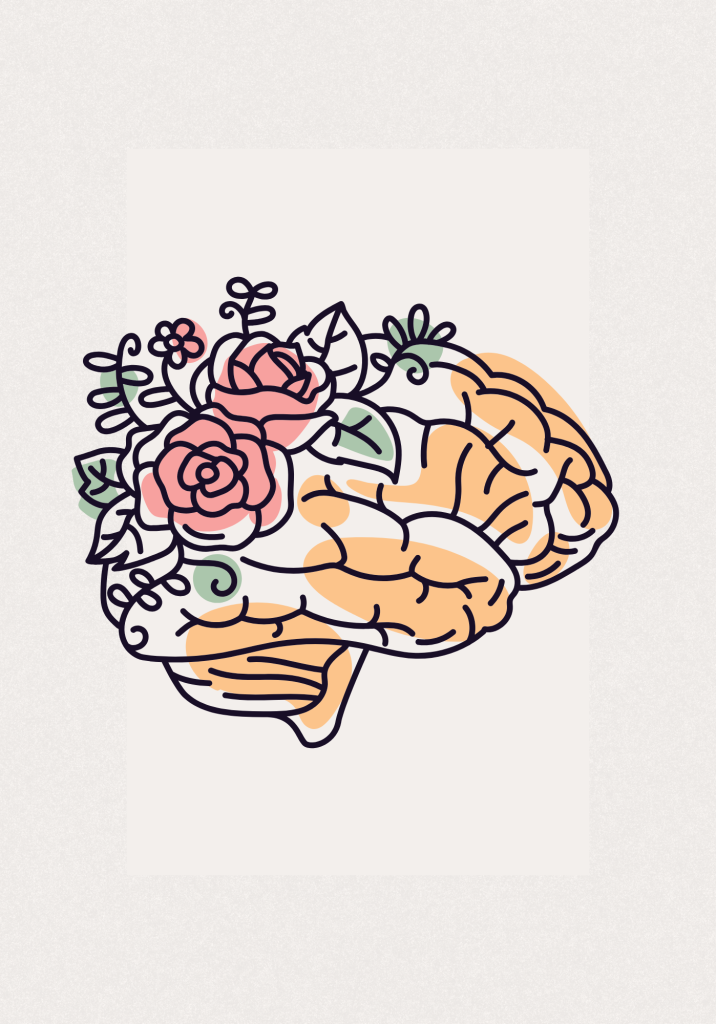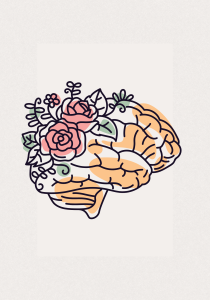Intro
Neurodiversity describes the natural range of ways human brains function. These differences shape how people think, learn, and interact with the world.
For much of history, people viewed these differences only as deficits to be “treated” or “fixed.” However, in recent years, they have been increasingly recognized as part of human diversity—just as real and valuable as variations in gender, ethnicity, or sexual orientation.
As a result, when people misunderstand neurodivergent experiences, stigma and exclusion follow. In contrast, when communities acknowledge and support them, they fuel creativity, resilience, and social progress.
🌱 Key Definitions
-
Neurodiversity → the natural variations in human cognition and behavior.
-
Neurodivergent (ND) → individuals whose cognitive profiles differ from cultural expectations (for example: autism, ADHD, dyslexia, dyspraxia, dyscalculia).
-
Neurotypical (NT) → individuals whose cognitive profiles align with prevailing cultural norms.
🧩 Common Neurodivergent Profiles
⚖️ Why Recognition Matters
Most education, healthcare, and workplace systems operate around neurotypical assumptions. Because of this, neurodivergent people are often expected to adapt, mask, or push through.
For example, when environments are redesigned with neurodiversity in mind, everyone benefits. Accommodations don’t “lower the bar.” Instead, they remove barriers and unlock a wider range of talents and perspectives.
🗣️ Language Matters
The words we use directly shape how we treat people.
-
Identity-first language (e.g., “autistic person”) is preferred in many ND communities.
-
In contrast, person-first language (e.g., “person with autism”) remains common in clinical and medical contexts.
-
In addition, terms like neurodiverse and neurotypical need clear, consistent use.
🎭 Stigma, Masking & The Lived Reality
-
Masking: many ND people hide their natural behaviors to fit cultural expectations.
-
Stigma: when people face external judgment, they often internalize it, fueling shame.
-
Reality: neurodivergence is not rare. Instead, it is woven into human history, community, and innovation.
📚 Glossary (Quick Reference)
🔗 Explore More
This hub connects you to deeper guides across Flourishing Women:
-
👩⚕️ For Professionals
🌻 Closing
Neurodiversity isn’t about lowering standards. Instead, it is about designing environments where different kinds of minds can thrive. When neurodivergent people are valued, entire communities flourish.
👉 Join the Flourish Group
👉 Download a Free Accommodations Checklist


